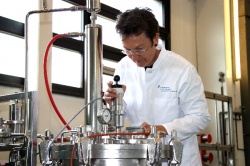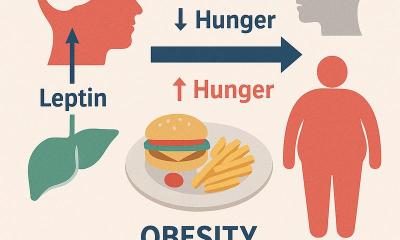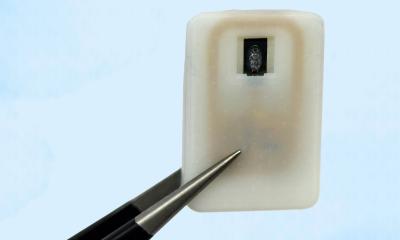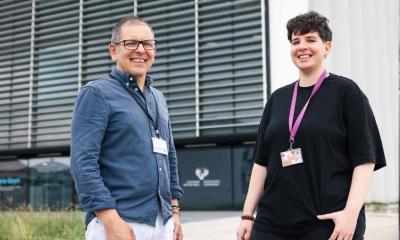Insulin without patent protection
A new method to produce insulin cheaply has been developed by researchers at the Helmholtz-Centre for Infection Research (HZI) in Braunschweig, in a German-Indo collaboration. The group’s results are published in the open access online research magazine Microbial Cell Factories. The data is freely accessible by anyone and is not subject to patent law.


The researchers wanted to develop a new procedure to increase the yield of an insulin precursor from which the actual insulin can be obtained, and in this way reduce costs.
They found the yeast Pichia pastoris and modified the cells so that they produce the building block for insulin while growing on a special medium.
The results were highly gratifying: ‘With our procedure, Pichia pastoris delivers high yields - twice as much as known before. Already, with few cells, it is possible to produce a lot of the insulin precursor,’ said Ursula Rinas, of the HZI.
In the early 1980s, insulin was the first recombinant product approved by the FDA for human application. Today, human insulin is produced as recombinant protein, using two major routes. One involves the production of the insulin precursor using the bacterium Escherichia coli as expression host with complex subsequent isolation, solublisation and refolding procedures.
The other route involves the well-known baker's yeast Saccharomyces cerevisiae. The advantage of the latter route lies in the secretion of a soluble insulin precursor into the culture supernatant, making it easier for isolation and chemical modification. The newly described method from Ursula Rinas and team also uses this route.
The isolation of the precursor from the culture supernatant is only followed by enzymatic finishing. Insulin produced with this new method can be used normally and is identical to human insulin.
* Original article: Application of simple fed-batch technique to high-level secretory production of insulin precursor using Pichia pastoris with subsequent purification and conversion to human insulin. Authors: Gurramkonda C, Polez S, Skoko N, Adnan A, Gabel T, Chugh D, Swaminathan S, Khanna N, Tisminetzky S, Rinas U. Microb Cell Fact. 2010 May 12;9(1):31. [Epub ahead of print]
07.07.2010











